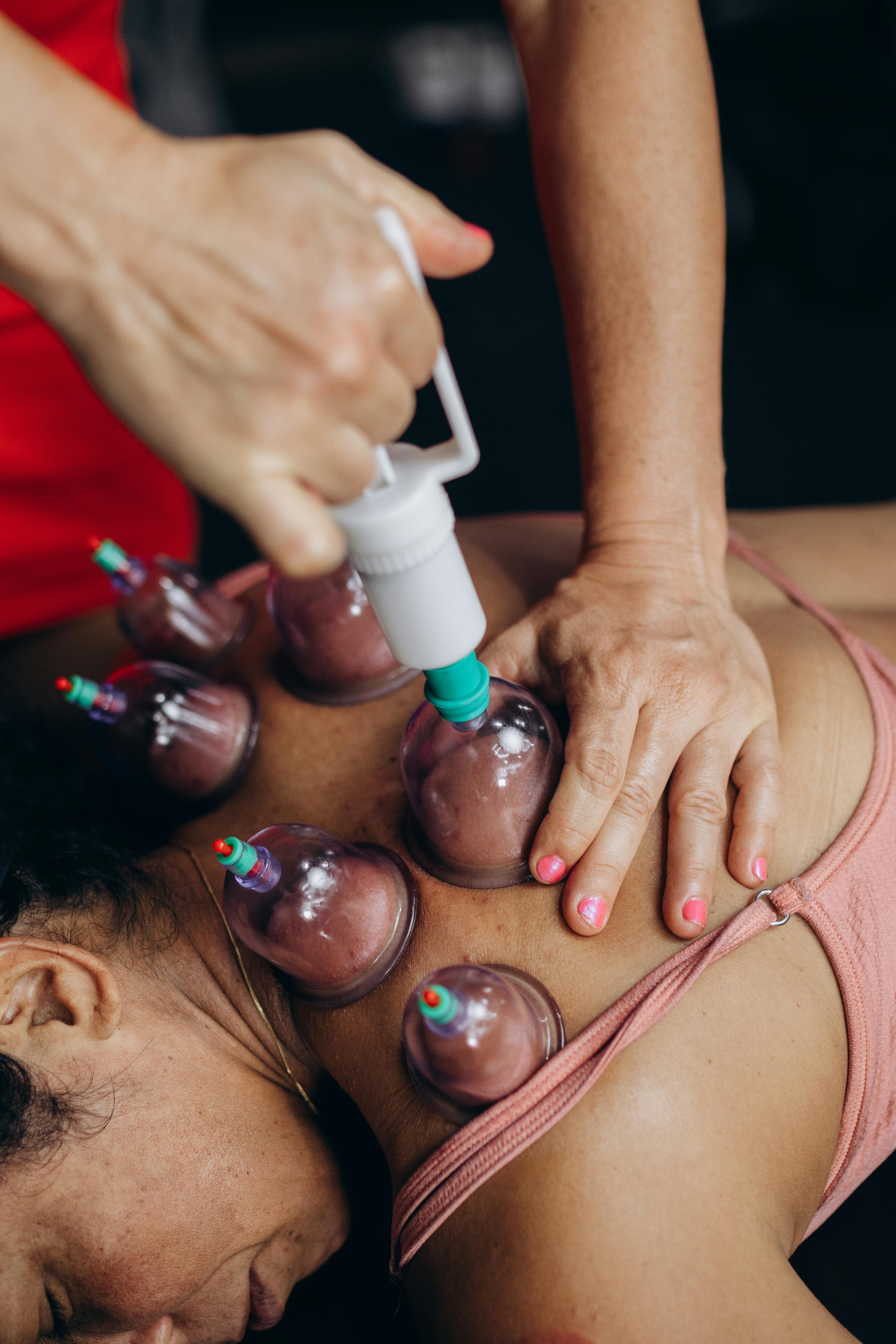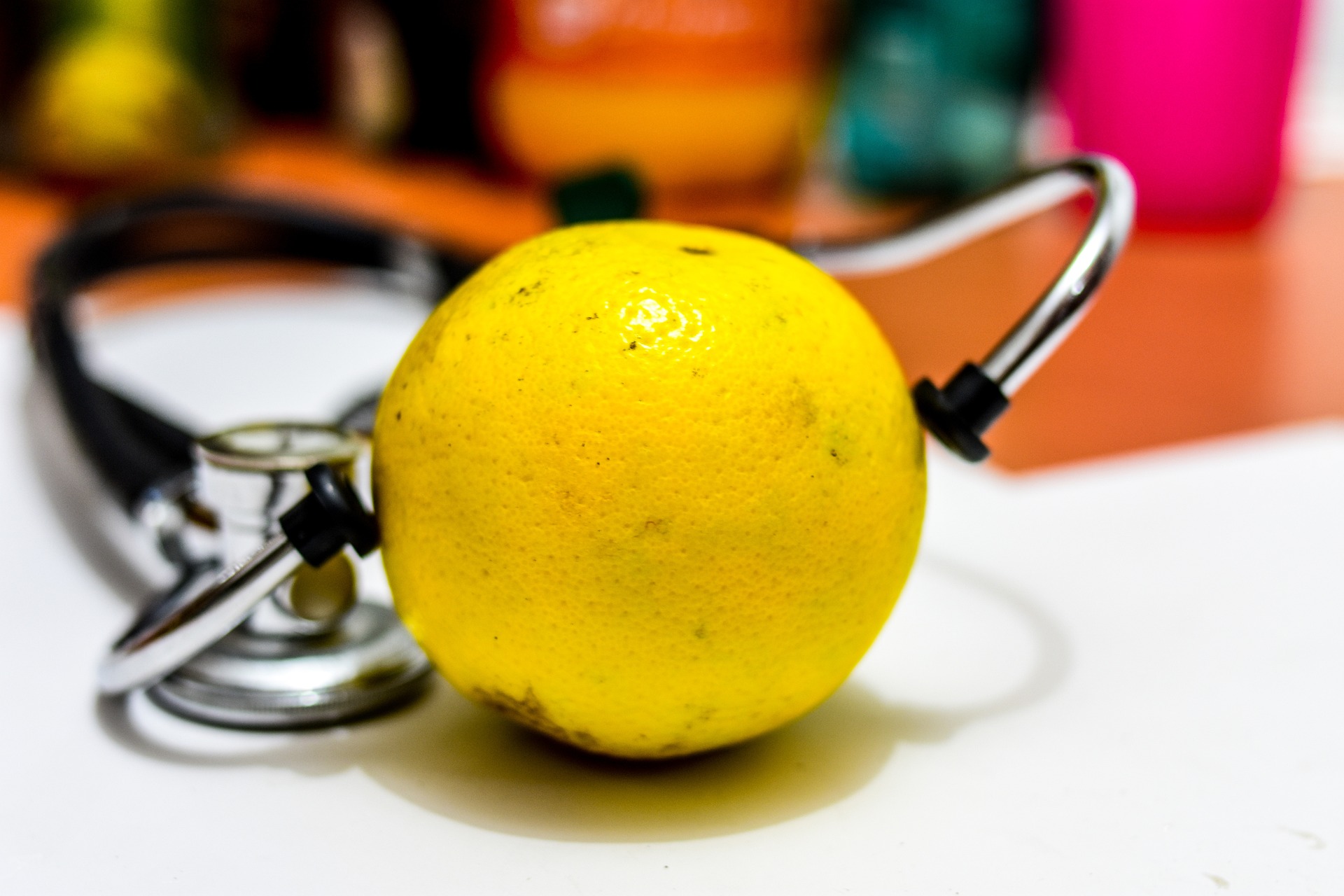Traditional Chinese Massage and Asian In-House Services
Traditional Chinese massage has been practiced for thousands of years, offering therapeutic benefits rooted in ancient healing principles. Today, many people seek the convenience of in-house massage services that bring these time-honored techniques directly to their homes. Understanding the different approaches and what to expect can help you make informed choices about your wellness routine.

What Is Traditional Chinese Massage?
Traditional Chinese massage, often referred to as Tui Na, is a therapeutic practice that combines acupressure, stretching, and joint manipulation to promote healing and balance within the body. Unlike Western massage techniques that primarily focus on muscle relaxation, traditional Chinese massage works with the body’s energy pathways, known as meridians, to restore the natural flow of qi, or life force. Practitioners use a variety of hand techniques including kneading, rolling, pressing, and rubbing to address specific health concerns ranging from chronic pain to digestive issues. This holistic approach considers the whole person rather than isolated symptoms, making it a comprehensive wellness practice that has endured for centuries.
Understanding Asian Massage Techniques
Asian massage encompasses a wide range of therapeutic practices that originated across the continent, each with unique characteristics and benefits. Beyond traditional Chinese massage, these include Thai massage, which incorporates yoga-like stretches and deep pressure along energy lines, Japanese Shiatsu that uses finger pressure on specific points, and Indonesian massage techniques that often involve aromatic oils and gentle strokes. What unites these diverse approaches is their foundation in traditional medicine systems that view health as a balance of physical, mental, and energetic elements. Many practitioners combine techniques from different Asian traditions to create customized treatments that address individual needs. These methods often emphasize prevention and maintenance of health rather than solely treating existing conditions, making them valuable components of a regular wellness routine.
Benefits of In-House Massage Service
In-house massage service offers convenience and comfort that traditional spa visits cannot match. Having a qualified therapist come to your home eliminates travel time, allows you to relax in familiar surroundings, and provides flexibility in scheduling that suits busy lifestyles. This option is particularly valuable for individuals with mobility challenges, those recovering from injuries, or parents who find it difficult to leave home for extended periods. The privacy of your own space can also enhance relaxation and therapeutic outcomes, as many people feel more at ease in their personal environment. Additionally, in-house services often allow for longer sessions without the pressure of vacating a treatment room, and you can immediately rest or continue your day without the need to drive home after a deeply relaxing treatment.
Choosing the Right Massage Approach for Your Needs
Selecting an appropriate massage style depends on your specific health goals, preferences, and any existing medical conditions. Traditional Chinese massage may be ideal if you are dealing with chronic pain, stiffness, or digestive concerns, as it addresses underlying imbalances rather than just surface symptoms. If you prefer gentler techniques with aromatic elements, other Asian massage styles might be more suitable. Before booking an in-house massage service, consider discussing your health history and expectations with the therapist to ensure they can provide appropriate treatment. Qualified practitioners should be able to explain their approach, answer questions about techniques, and adjust their methods based on your comfort level and therapeutic needs. It is also important to verify credentials and ensure the therapist has proper training in the specific modalities they offer.
What to Expect During a Session
A typical traditional Chinese massage session begins with a consultation where the practitioner assesses your overall health, identifies areas of concern, and discusses your treatment goals. Unlike oil-based massages, traditional Chinese massage is often performed through light clothing, allowing the therapist to use various hand techniques without slippage. Sessions may include acupressure on specific points, stretching movements, and manipulation of joints to release tension and improve circulation. Some discomfort is normal when working on problem areas, but communication with your therapist ensures the pressure remains within your tolerance. In-house sessions follow similar protocols, with the therapist bringing necessary equipment such as a portable massage table, linens, and any oils or tools required. After the treatment, practitioners often provide recommendations for self-care practices, stretches, or lifestyle adjustments to support ongoing wellness between sessions.
Health and Safety Considerations
While traditional Chinese massage and other Asian massage techniques offer numerous benefits, certain precautions should be observed. Individuals with specific health conditions such as osteoporosis, blood clotting disorders, or recent injuries should consult healthcare providers before receiving massage therapy. Pregnant women should seek practitioners trained in prenatal massage, as some techniques and pressure points are contraindicated during pregnancy. When booking in-house massage services, verify that the therapist carries appropriate insurance and follows hygiene protocols including clean linens, sanitized equipment, and proper hand washing. Reputable practitioners will ask about your health history and any contraindications before beginning treatment. It is also advisable to ensure someone else is present in the home during the appointment or to inform a friend or family member of the scheduled session time for added safety and peace of mind.
This article is for informational purposes only and should not be considered medical advice. Please consult a qualified healthcare professional for personalized guidance and treatment.
Conclusion
Traditional Chinese massage and other Asian massage techniques offer time-tested approaches to health and wellness that complement modern healthcare practices. The growing availability of in-house massage services makes these therapeutic modalities more accessible than ever, allowing individuals to experience their benefits in the comfort and convenience of their own homes. Whether you seek relief from chronic pain, stress reduction, or simply wish to maintain optimal health through preventive care, understanding the principles and practices of these ancient healing arts can help you make informed decisions about your wellness journey. By choosing qualified practitioners and communicating openly about your needs and expectations, you can safely incorporate these valuable therapeutic practices into your regular self-care routine.




